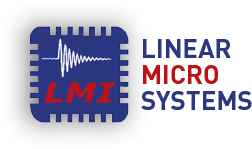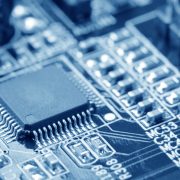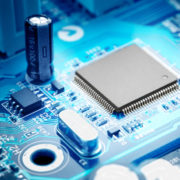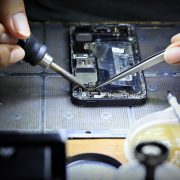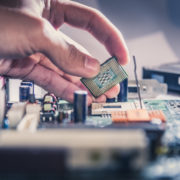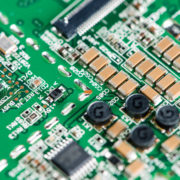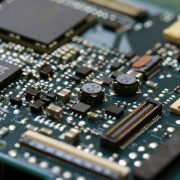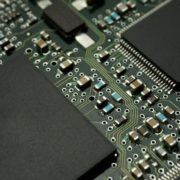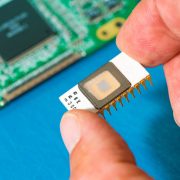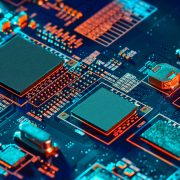Analog-to-Digital Converter (ADC) Design: Principles and Techniques
In the age of digital technology, bridging the gap between analog signals and digital systems is crucial, and that’s where Analog-to-Digital Converters (ADCs) come in. ADCs are the unsung heroes of modern electronics, enabling everything from sensor data acquisition to audio processing. Whether you’re working on medical devices, industrial systems, or communications hardware, understanding the fundamentals of ADC design is essential. As specialists in Analog Design, we explore the core principles and techniques behind successful ADC implementations.
Understanding the Basics of ADCs
An ADC’s main function is to convert continuous analog signals—like sound waves or temperature readings—into discrete digital values that a processor or microcontroller can understand. This process involves three primary steps: sampling, quantization, and encoding.
-
Sampling captures snapshots of the analog signal at regular intervals. The rate of sampling, measured in samples per second (Hz), must be at least twice the highest frequency present in the signal to satisfy the Nyquist theorem.
-
Quantization rounds each sample to the nearest value within a defined range of discrete levels.
-
Encoding converts the quantized values into a binary digital output.
There are multiple types of ADC architectures, including successive approximation register (SAR), pipeline, and sigma-delta ADCs. The right choice depends on the application’s requirements for resolution, speed, power consumption, and noise tolerance.
As a leading microsystems provider with deep expertise in Analog Design, we guide clients through selecting the most efficient ADC type based on their system constraints and goals.
Key Techniques in Analog Design for ADCs
Developing a high-performance ADC requires more than just choosing the right architecture. It also demands strong Analog Design fundamentals, particularly in the front-end circuitry that conditions the input signal before conversion. Here are a few critical techniques:
-
Low-Noise Amplification: Minimizing noise at the analog input stage is essential for preserving signal integrity. This is often achieved through the use of carefully designed operational amplifiers and layout strategies that minimize interference.
-
Precision Reference Voltages: A stable reference voltage directly affects ADC accuracy. Advanced Analog Design techniques ensure that reference circuits remain consistent across temperature variations and supply fluctuations.
-
Clock Management: Clock jitter and phase noise can degrade ADC performance, especially in high-speed systems. Designing robust clocking circuits is vital for maintaining timing precision.
-
Layout Optimization: Even the best circuit designs can fail due to poor PCB layout. Parasitics, crosstalk, and ground loops must be carefully mitigated, particularly in mixed-signal environments.
These practices ensure that the analog front-end complements the digital processing that follows, preserving fidelity and improving system performance.
Final Thoughts
ADC design lies at the intersection of analog and digital engineering, and success depends on a strong foundation in Analog Design. From selecting the right architecture to implementing noise reduction techniques and power-efficient layouts, each decision impacts the accuracy, speed, and reliability of the system.
At our microsystems company in California, we specialize in custom ADC solutions and advanced Analog Design services for high-performance applications. If you’re building a system that depends on precise signal conversion, contact us today to explore how our expertise can help you bring your vision to life.
Linear MicroSystems, Inc. is proud to offer its services worldwide as well as the surrounding areas and cities around our Headquarters in Irvine, CA: Mission Viejo, Laguna Niguel, Huntington Beach, Santa Ana, Fountain Valley, Anaheim, Orange County, Fullerton, and Los Angeles.
